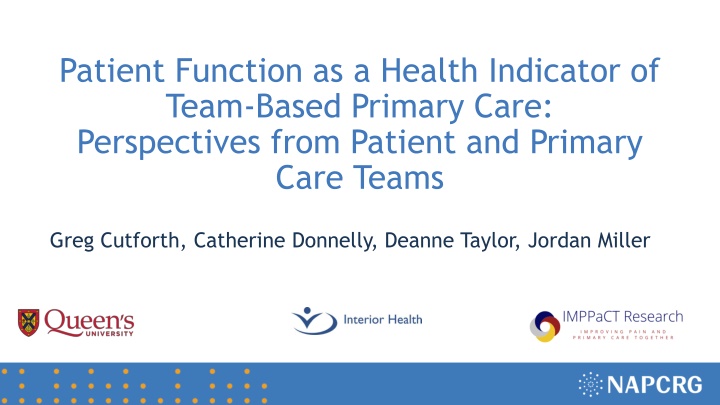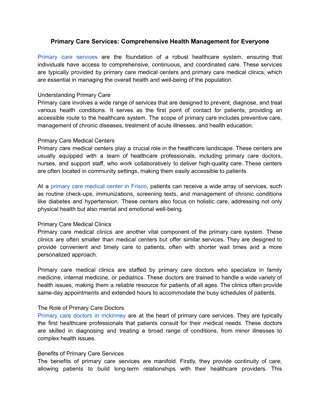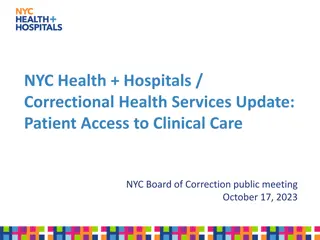
Patient Function as a Health Indicator in Team-Based Care
Explore the significance of patient function as a health indicator in team-based primary care through qualitative research. Patients and providers recognize the importance of patient perceptions in determining functional status, highlighting the potential benefits and challenges of incorporating measures of function into practice.
Download Presentation

Please find below an Image/Link to download the presentation.
The content on the website is provided AS IS for your information and personal use only. It may not be sold, licensed, or shared on other websites without obtaining consent from the author. If you encounter any issues during the download, it is possible that the publisher has removed the file from their server.
You are allowed to download the files provided on this website for personal or commercial use, subject to the condition that they are used lawfully. All files are the property of their respective owners.
The content on the website is provided AS IS for your information and personal use only. It may not be sold, licensed, or shared on other websites without obtaining consent from the author.
E N D
Presentation Transcript
Patient Function as a Health Indicator of Team-Based Primary Care: Perspectives from Patient and Primary Care Teams Greg Cutforth, Catherine Donnelly, Deanne Taylor, Jordan Miller
The Research Question From the perspectives of patients and primary care teams, what is the understanding of the concept of patient function? From the perspectives of patients and primary care teams, what is the utility of measuring patient function as a health indicator of team-based primary care for adult patients?
Research Design and Method We employed a qualitative description study using semi-structured interviews with patients and providers conducted through videoconferencing. Patients were recruited from within the Interior Health region of British Columbia through the Primary Care Patient Reference Group and primary care networks. Primary care providers were recruited from two primary care networks also operating in the Interior Health region. Interviews were transcribed verbatim, and the data analyzed by reflexive thematic analysis. To establish trustworthiness of the analysis findings, the study team used reflexive team meetings, independent coding, member checking, and maintained an audit trail. The research was approved by the Health Sciences and Affiliated Teaching Hospitals Research Ethics Board at Queen s University in Kingston, Ontario, Canada and the Interior Health Research Ethics Board.
What the Research Found The study findings suggest: Patients and providers generally understand the concept of patient function and recognized the importance of patient perceptions in determining functional status; although patients and providers may not specifically use the term function to describe what can be a complex and personal topic. Patients and providers perceived patient function as an important and useful health indicator for team-based primary care that supports better patient-centred primary care, provides a common language amongst primary care teams, and supports quality improvement; although it may be challenging to implement measures of function into practice.
What this means for Clinical Practice Patients: Should ensure their ability to do the things that are important to them in their daily life is part of their clinical interaction with primary care teams (e.g. goal setting, decision-making, measuring outcomes of care). Clinicians: Should make a patient s function part of their clinical interactions with patients and families (e.g. goal setting, decision-making, measuring outcomes of care). Use patient function to communicate with members of the primary care team.
What this means for Clinical Practice Primary Care Teams and Managers Use a patient s function to inform how the team mobilizes around the patient and their care needs (e.g. care conferences, team member involvement). Use patient function data to inform quality improvement efforts (e.g. patient education, team training, clinical processes, and service design) Health Systems and Administrators: Identify and implement a valid and reliable measure of patient function that is a feasible and useful health indicator for primary care teams. Utilize patient function data to inform and measure quality improvement initiatives to optimize team-based primary care (e.g. resource allocation, team composition, training and education, and measuring health outcomes for patients).
Optional: Add citation if work is published






















